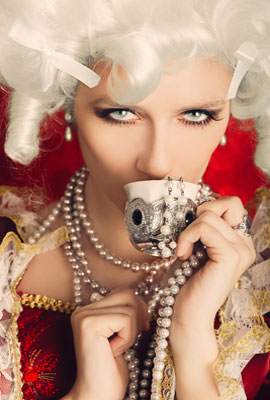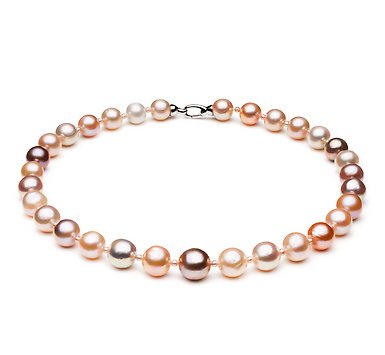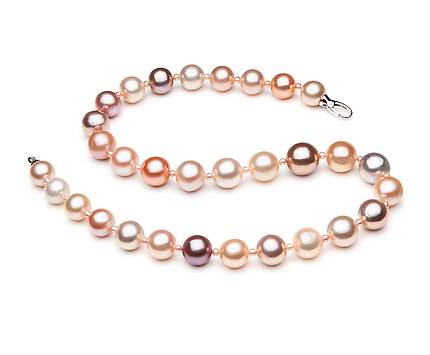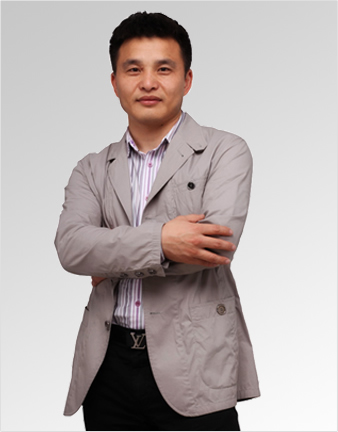History Of The Freshwater Pearl
Many people have only recently become aware of freshwater pearls, but these beautiful creations have been around for centuries. The first groups of people to culture a product from freshwater mussels were the Chinese. The first known recorded citation that mentions pearls is from China as well and dates back to 2200 BC. However, the Chinese used shell mabes instead of true pearls. Japan thus holds the distinction of being the first country to produce cultured freshwater pearls.
Japan takes over
After the Japanese’s initial success with cultured saltwater pearls, they decided to experiment with freshwater mussels. The first experiments were done in Lake Biwa, a large lake near Kyoto. Around the 1930s, the first commercial freshwater pearl crops began to appear here. These all-nacre Biwa pearls were able to produce colors unmatched in saltwater pearls. The luminescent depth and luster quickly became popular.








